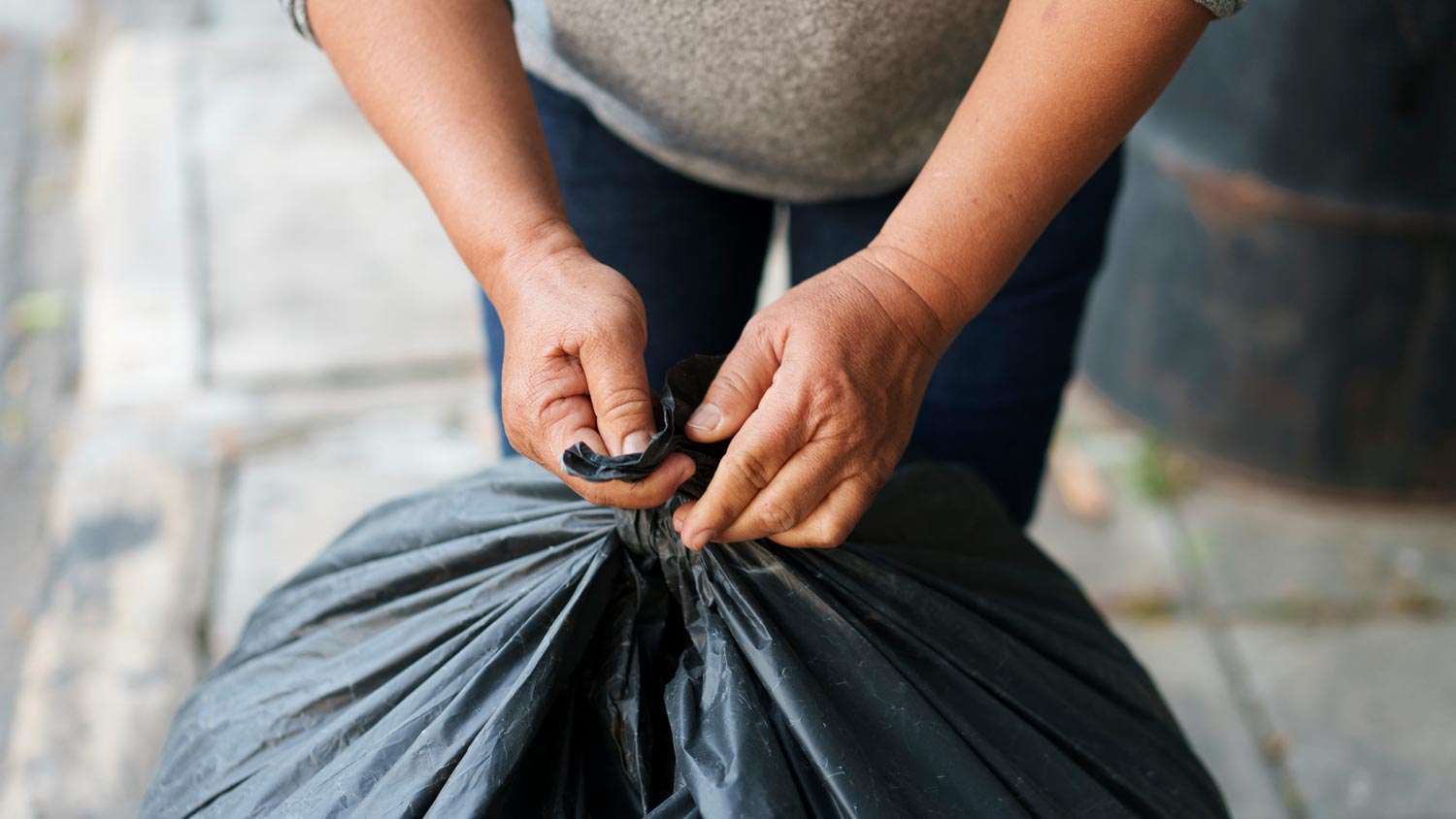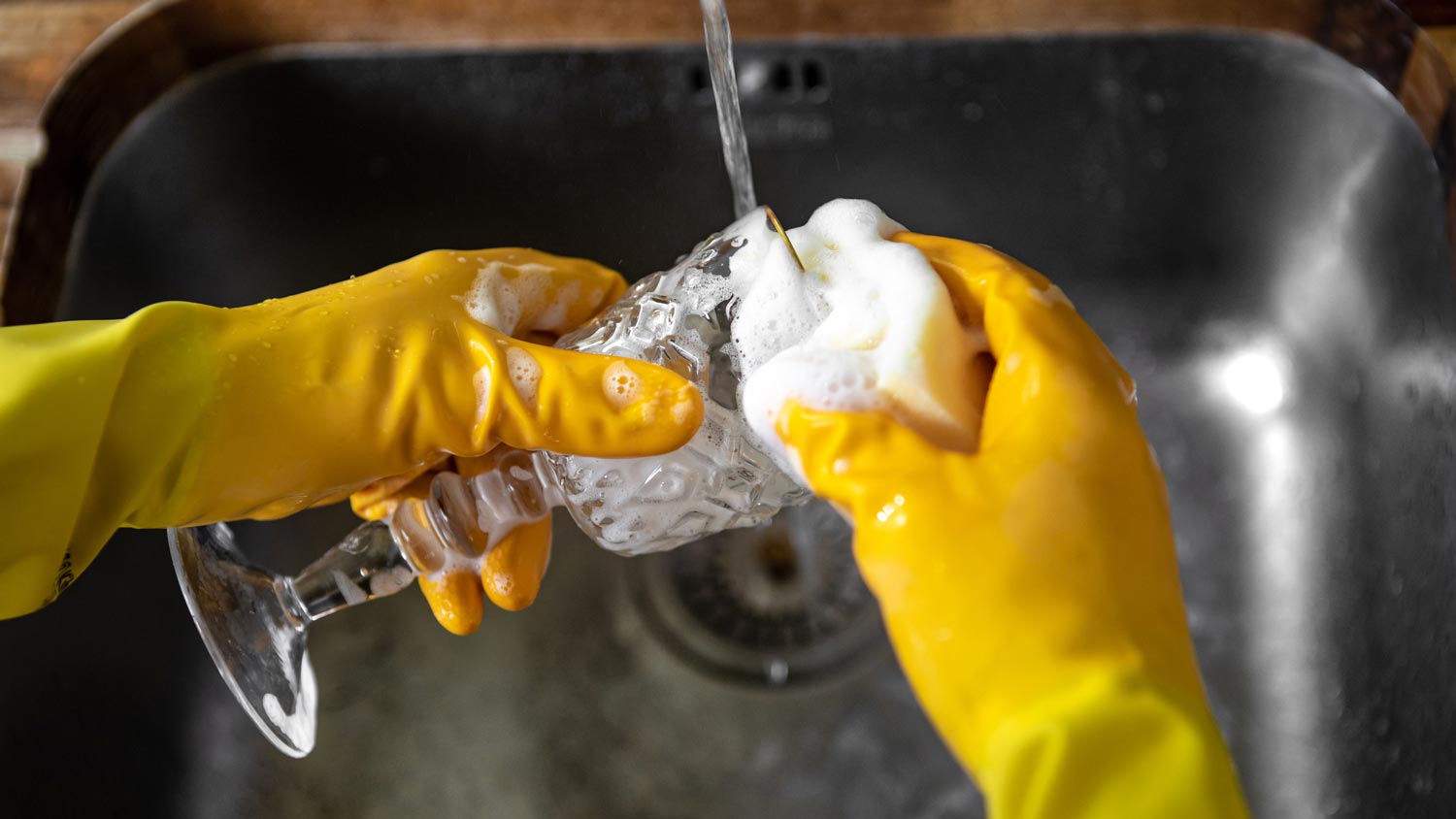What to Throw Away After Smoke Damage
Here's what can be saved after smoke damage


Food, medicine, and perishable items that were exposed to smoke or fire-extinguishing chemicals are unsafe to consume.
While hardwood floors are salvageable, your carpet will need to go if it has soaked up smoke, water, or chemicals.
While many textiles can be cleaned following smoke exposure, items belonging to kids should be tossed.
You can likely keep metal, glass, and ceramic items.
Are you wondering which items in your home can be saved after smoke damage? Many items can be salvaged as long as they don't come into contact with flames. Others may need to be disposed of because keeping them can do more harm than good. With fire damage restoration costs ranging from $3,140 to $51,560 on average, it's understandable if you want to keep as much as possible. This guide to what to throw away after smoke damage will help you make the right calls.
What to Throw Away After Smoke Damage

Unfortunately, some items in your home may never be the same again after smoke exposure. It may seem like a simple inconvenience, but smoke damage can cause long-lasting and harmful effects if left in your home. Here's what to toss as part of the fire damage restoration process.
Carpet
Most homeowners will need to rip up carpeting following fire damage. Your carpets might need to go even if they look fine. It's so difficult to save carpets because soot-filled water used to put out fires often seeps deep into carpeting, creating risks for harmful mold. Additionally, the heat of the fire can cause your carpet to absorb chemicals from other household items.
Medicine
If medicine containers were exposed to smoke, the heat and chemicals from the fire may have altered the composition of the ingredients. It's better to talk to your doctor about getting new refills instead of taking a chance. You should also replace any pain relievers, fever reducers, or cough syrup that endured smoke damage for the same reason. If you're on the fence about anything, the default answer is to toss away anything with packaging that appears warped or charred.
Cosmetics and Makeup
High temperatures can alter the composition of some cosmetics. What's more, smoke particles that are trapped in cosmetics can end up penetrating your skin and eyes. While it may feel like a shame to toss pricey makeup in the trash, there's nothing pretty about harming your skin with smoke-damaged cosmetics.
Nonperishable Foods That Were Exposed to Dangerous Components
The food in your home may not be safe after a fire. Even food that survives the flames could be terribly contaminated in the aftermath of the fire event. First, exposure to heat can alter the composition of some foods. Smoke particles can also penetrate packaging to get inside food that you're about to consume. There's also another big danger.
Food in your home may now be contaminated with firefighting chemicals that were used to contain flames. These chemicals can penetrate cardboard and plastic food containers. While food that is housed in penetrable containers needs to go, you may be able to save some of the food in your home. For example, food that is sealed inside jars and cans may have stayed protected during a house fire as long as it was a decent distance away from the flames.
Even food items that were properly sealed in cans and jars may not be safe to eat if they were exposed to high temperatures. That's because heat can activate harmful bacteria that cause food to spoil rapidly. Unfortunately, that means that you could become sick after eating food that was exposed to fire long before its true expiration date. Finally, it's important to know that some toxic fumes are capable of breaching tiny pores in aluminum cans and glass jars. You should throw away cans and jars that show signs of rusting, bulging, or charring.
Food in the Fridge
Do you need to throw away food in the fridge after a fire? The answer depends on whether or not smoke penetrated the fridge. You can usually do a quick smell test to determine if your refrigerator was compromised. To do this, simply open the fridge to sniff around. Does the inside of the fridge have a smoky smell? If the answer is yes, it's time to toss everything.
Additionally, any visible signs of soot inside the fridge are indicators that the food inside is compromised. You shouldn't eat food from a refrigerator with soot particles. Of course, you also need to use judgment when it comes to the cooling power of your fridge. If your home lost power due to a fire, use a thermometer to confirm that the fridge has not dipped down below 40 degrees Fahrenheit.
Porous Materials Like Clothing and Bedding
While it’s tempting to try, you can't salvage porous materials, such as fabrics, that have been affected by smoke. These items include clothing, upholstery, bedding, curtains, carpets, and rugs. It’s especially recommended that you toss away any baby or children's clothing, porous toys like stuffed animals, and kids' bedding following smoke exposure.
What to Salvage After Smoke Damage

You may be relieved to hear that there are plenty of items in your home that can be saved following smoke damage. Hard and nonporous surfaces can generally be easily cleaned. Here's a look at what you may be able to keep out of the trash after the smoke clears.
Hardwood Floors
The good news is that hardwood floors are usually fine after a fire. If there's no visible charring, you can generally consider your hardwood floors to be safe. You can even ask the same company that you hire to clean smoke damage on walls to also clean your floors. However, it is important to ensure that wood floors are dried immediately if an area is dampened while a fire is being extinguished. Wet wood floors that are not properly dried are susceptible to warping.
Dishware and Cookware
Your glass and ceramic items should be fine following a fire, even if they are covered in soot. However, items that show signs of melting or cracking should be tossed away. Most of your metal cookware should also be able to sustain minor smoke damage without any major changes.
Electronics
The good news is that any pricey electronics and appliances in your home are probably perfectly salvageable. However, you don't want to assume that an item is unharmed just because it looks good on the surface. There's a chance that interior components may have been burned or melted during heat exposure. In addition to using a local fire damage restoration service to get your home back to being safe, it's a good idea to bring an electrician in to inspect any high-ticket appliances or electronics in your home before you make decisions about what to keep.
DIY vs. Hiring a Pro for Smoke Damage Restoration
Knowing what to keep and what must go is crucial to your family’s health after a fire. While handling fire damage restoration yourself will save you several thousand dollars, it’s one service you should only leave to the pros.
Restoration specialists quickly know what they can restore and what you must eliminate for your family’s safety. They also know and use the best methods to restore salvageable items and have the necessary equipment to start the process immediately, providing you with peace of mind and a quicker return to your home. Knowing who to call for fire damage restoration and smoke damage is crucial to your family’s health and well-being.
Frequently Asked Questions
Smoke damage restoration can take anywhere from a day to several months, depending on the type and extent of damage. Treating smoke damage and removing soot usually takes about a week, while repairing structures and refinishing interiors takes months.
The first thing you should do when cleaning smoke damage is open all your windows to ventilate the affected area and run an air purifier with a HEPA filter. Cover your furniture and belongings to prevent soot accumulation, and vacuum any soot that’s on the floor and other surfaces. Be sure to wear a mask, gloves, and eye protection when cleaning the affected area.





- Who to Call for Smoke Damage After a House Fire
- What to Do After a House Fire: 8 Steps for Home Fire Recovery
- Fire Damage Restoration Process: Complete Guide
- How to Get Smoke Smell Out of a House Fast After a Wildfire or House Fire
- 11 Ways to Get the Cigarette Smell Out of Your Home For Good
- How Long Your Food Lasts in the Fridge Without Power
- 7 Effective Ways to Fireproof Your Home, From Siding to Doors
- How Long It Takes for a House to Burn Down and Why Newer Homes Burn Faster
- Where to Put Smoke Detectors Around Your Home for Better Fire Safety
- Which Home Projects To Put On Your To-Do List First After Moving



.jpg?impolicy=leadImage)






